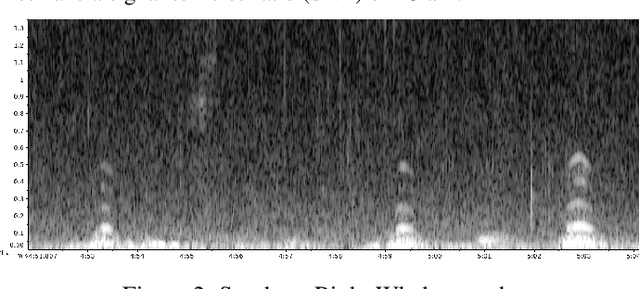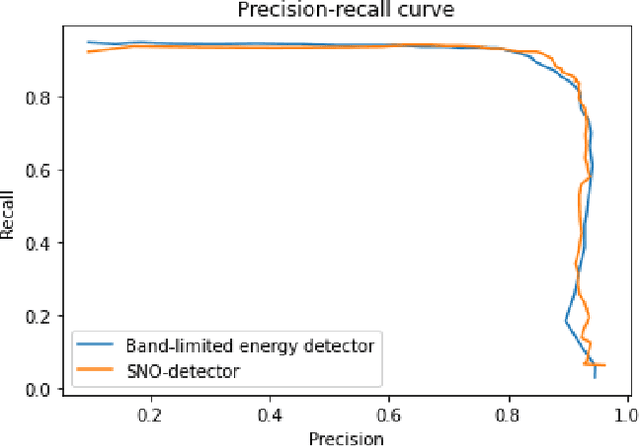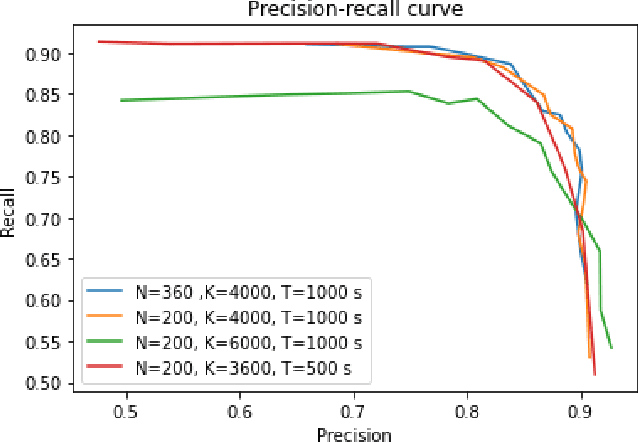Temporal separation of whale vocalizations from background oceanic noise using a power calculation
Paper and Code
Oct 19, 2021



The process of analyzing audio signals in search of cetacean vocalizations is in many cases a very arduous task, requiring many complex computations, a plethora of digital processing techniques and the scrutinization of an audio signal with a fine comb to determine where the vocalizations are located. To ease this process, a computationally efficient and noise-resistant method for determining whether an audio segment contains a potential cetacean call is developed here with the help of a robust power calculation for stationary Gaussian noise signals and a recursive method for determining the mean and variance of a given sample frame. The resulting detector is tested on audio recordings containing Southern Right whale sounds and its performance compared to that of an existing contemporary energy detector. The detector exhibits good performance at moderate-to-high signal-to-noise ratio values. The detector succeeds in being easy to implement, computationally efficient to use and robust enough to accurately detect whale vocalizations in a noisy underwater environment.
 Add to Chrome
Add to Chrome Add to Firefox
Add to Firefox Add to Edge
Add to Edge